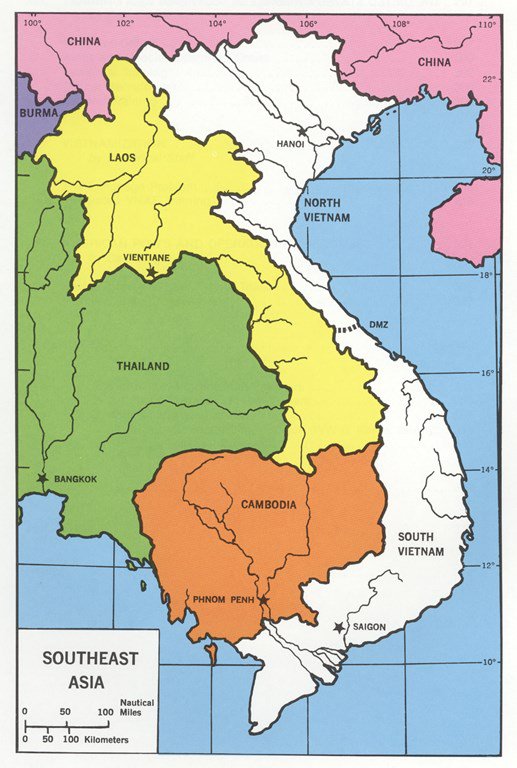Geneva Accords and the Division of Vietnam
July 21, 1954

The conferees at Geneva come to an agreement, meeting French Prime Minister Pierre Mendés France’s timetable. This final agreement of the Geneva Accords establishes a ceasefire in Laos, Cambodia, and Vietnam, officially ending the First Indochina War. In Vietnam, the accords create two “regroupment” zones separated by a Demilitarized Zone (DMZ) roughly along the 17th parallel, and restrict the activities of foreign military personnel in Southeast Asia. French forces must withdraw south of the DMZ and Communist forces north. The accords also call for a general election within two years in both the North and the South to establish a single national government. An International Control Commission (ICC) composed of Canada, Poland, and India supervises the implementation of this agreement.
Secretary of State John Foster Dulles tolerates most of these terms, but does not agree to consult with other conference participants on ensuring respect for the agreements. He believes it would imply a multilateral engagement with Communists. President Eisenhower backs his position and the United States and South Vietnam both refuse any formal association with the agreements. Other nations only sign the cease-fire agreement.1